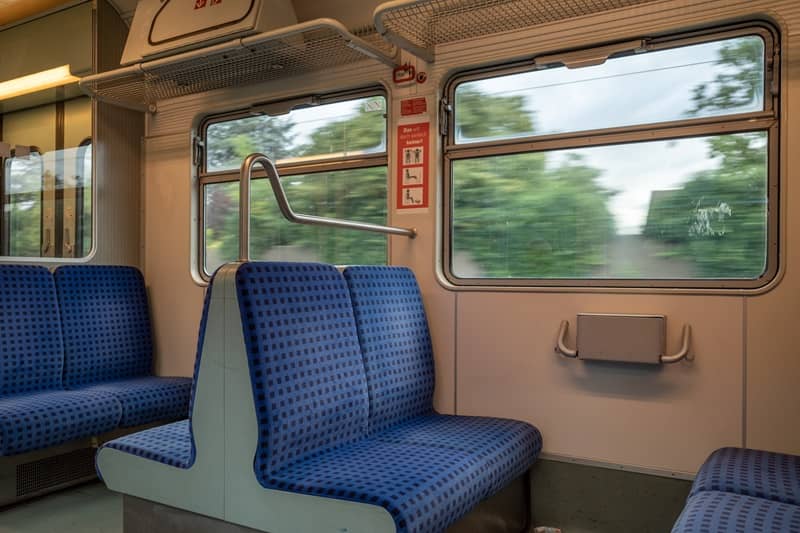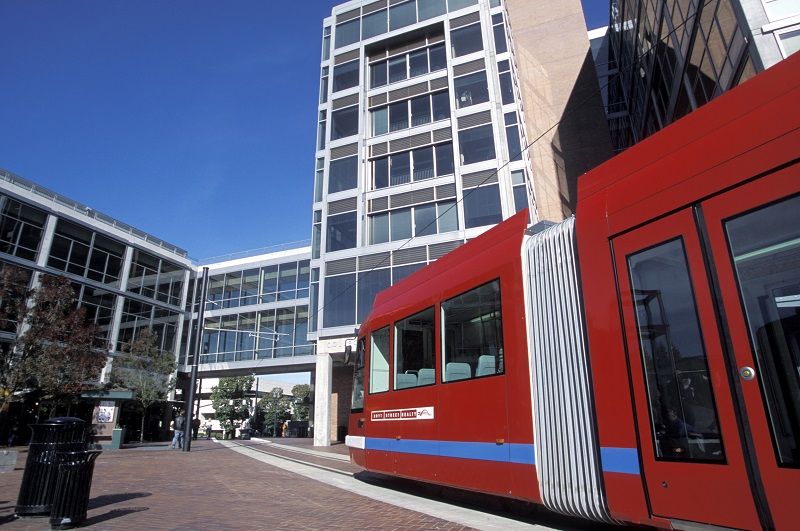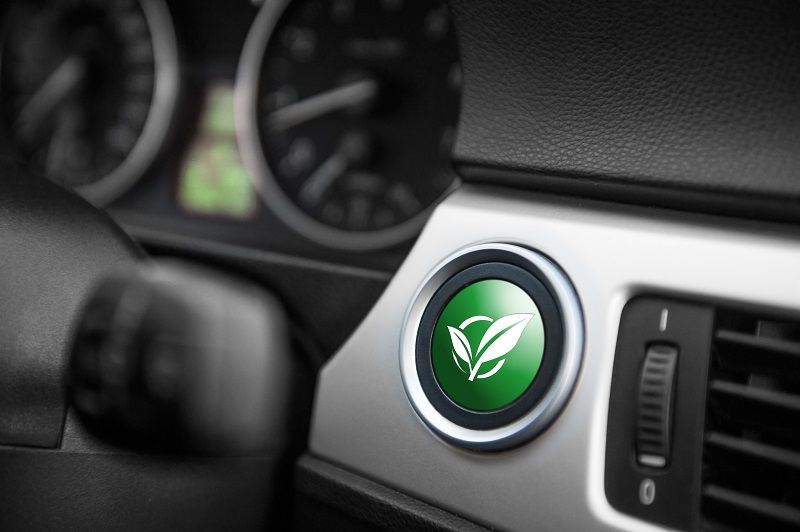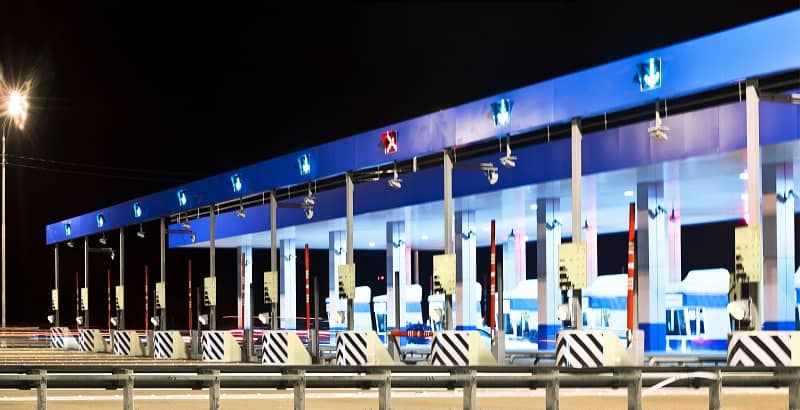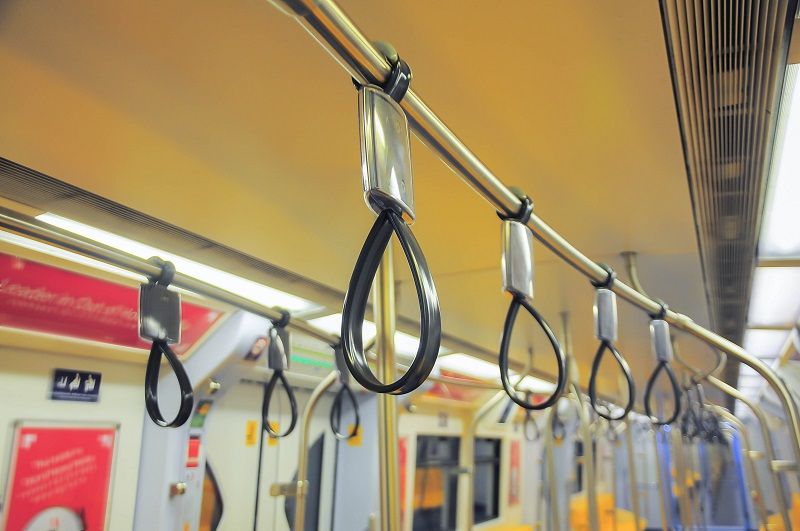By William Newell
Imagine you’re in a car traveling down I-5 at 60 mph. The car has been modified with solar panels to supplement the car’s gas engine. Suddenly, as you’re driving down the highway, the sun disappears behind the clouds. In order to maintain your current speed, one of two things needs to happen: Another “idling” engine needs to kick in, or the main gas engine needs to “rev” up.
This hypothetical situation is similar to how the electrical grid works. The electric grid, just like the car, needs back-up generators and large high-capacity generators to make up for the times when wind and solar power fail. Often it’s natural gas or coal plants which fill the gaps. These power plants either continually operate without producing electricity as “spinning reserve,” or they operate less efficiently because they are “revved” up and down constantly.
Now, you can probably see the major drawback to subsidizing intermittent energy sources. It is because they rarely create enough sustained electricity to maintain grid stability; and power plants must “spin” or “rev” up and down, meaning little emissions savings are actually achieved.
If our government leaders continue to preach about saving the environment and reducing emissions, they may want to look under the hood to see if their plan will really work.
William Newell is a research associate at Cascade Policy Institute, Oregon’s free market public policy research organization. He is a graduate of Willamette University.


